River Thames winds through London, with Buckingham Palace (center; left of Thames) in Whitehall district.
Credits ESA/NASA: Tim Peake @astro_timpeake, via Twitter April 24, 2016, at 12:07 AM, @ https://twitter.com/astro_timpeake/status/724132568371744768
The 2016 London Marathon, held Sunday, April 24, numbered as the 36th running of the annual marathon.
As first male to compete in a marathon from space, British astronaut finished in three hours, 35 minutes and 21 seconds.
Tim Peake began the London Marathon over the Pacific Ocean.: International Space Station @Space_Station, via Twitter April 24, 2016, at 1:43 PM, @ https://twitter.com/Space_Station/status/724337995025801216
First space marathoner: Flight Engineer Sunita "Suni" Williams, with electronically transmitted marathon bib number 14,000, runs 2007 Boston Marathon on International Space station treadmill.
As first astronaut to compete in a marathon from space, Needham, Massachusetts-born Sunita Williams finished the 111th annual marathon event in four hours 23 minutes and 10 seconds.
NASA TV screenshot, April 16, 2007: Public Domain, via NASA @ https://www.nasa.gov/mission_pages/station/expeditions/expedition14/exp14_boston_marathon.html
"Tim Peake completes the London Marathon from space" (1:24)
Uploaded April 24, 2016, by ODN to YouTube ~ URL: https://www.youtube.com/watch?v=MMuibwPqqgg
Tim Peake arrived December 15, 2015, as the International Space Station's (ISS) first British astronaut.
Tim Peake participated in ISS Expeditions 46 and 47.: Tim Peake @astro_timpeake, via Twitter December 19, 2015, at 4:19 AM, @ https://twitter.com/astro_timpeake/status/678187962505568256
First British astronaut Tim Peake donned ordinary running clothes for running his space-based London Marathon on board the International Space Station (ISS).
Libby Jackson, UK Space Agency's Space Exploration Manager, and Jonathan Scott, Medical Projects and Technology Team lead for Space Medicine Office at ESA's European Astronaut Center participated as Team Astronaut in the Earth-based London Marathon.
Team Astronaut wore replicas of Sokol suit, worn by Russian astronauts in trips to and from ISS via Soyuz capsule.: Tim Peake @astro_timpeake, CC BY 2.0, via Twitter April 23, 2016, at 11:55 AM, @ https://twitter.com/astro_timpeake/status/723948406041915393


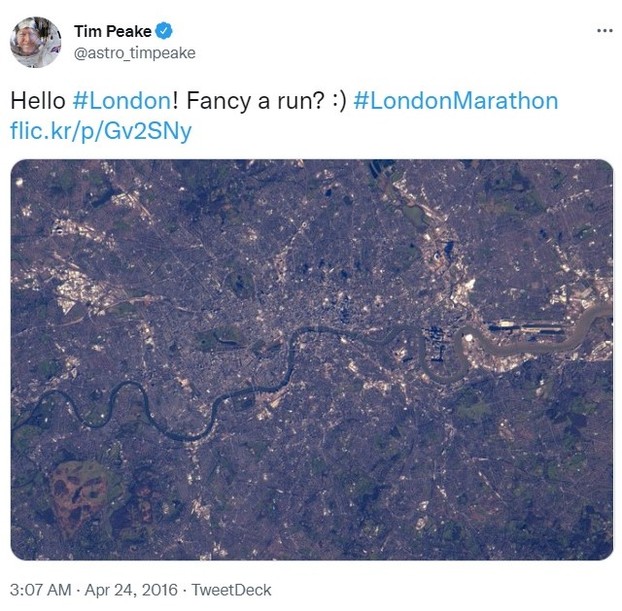
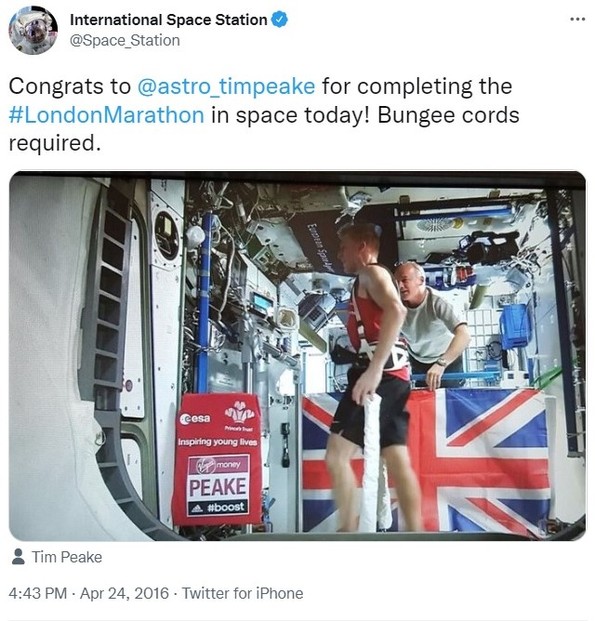
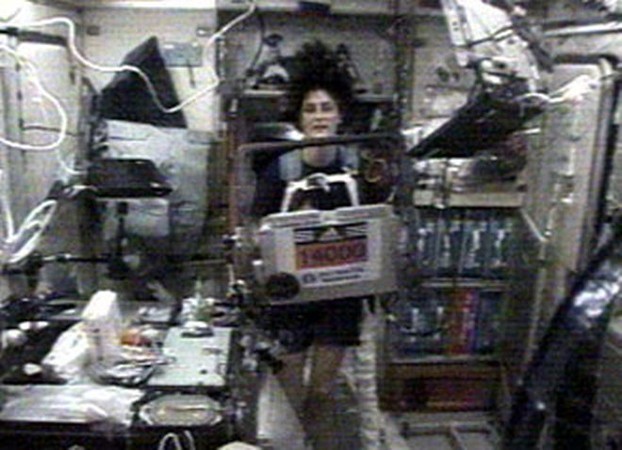
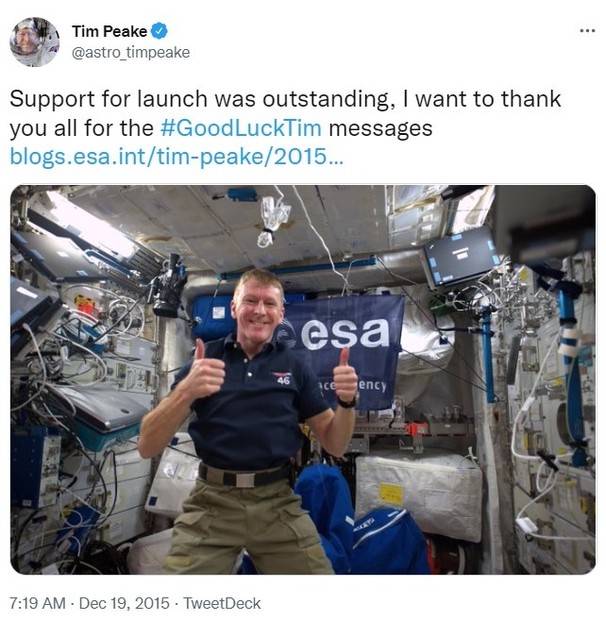
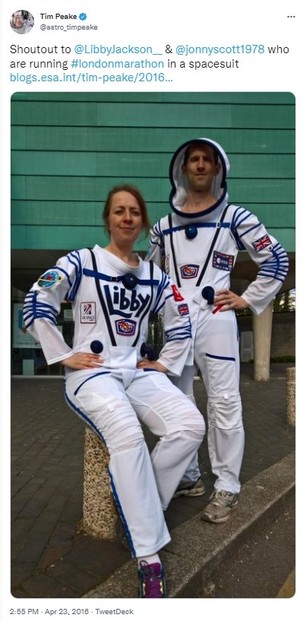



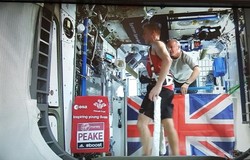

 Are Hawaiian Huakai Po Nightmarchers Avenging Halloween Thursday?on 10/02/2024
Are Hawaiian Huakai Po Nightmarchers Avenging Halloween Thursday?on 10/02/2024
 Mailing Addresses for 2023 Form 4868 Extending 1040 and 1040SR April 15, 2024, Due Dateon 04/15/2024
Mailing Addresses for 2023 Form 4868 Extending 1040 and 1040SR April 15, 2024, Due Dateon 04/15/2024
 Mailing Addresses for 2023 Forms 1040 and 1040SR Filed in 2024on 04/15/2024
Mailing Addresses for 2023 Forms 1040 and 1040SR Filed in 2024on 04/15/2024
 Mailing Addresses for 2022 Form 4868 Extending 1040 and 1040SR April 18, 2023, Due Dateon 04/13/2023
Mailing Addresses for 2022 Form 4868 Extending 1040 and 1040SR April 18, 2023, Due Dateon 04/13/2023


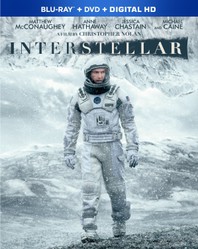
Comments
Thank you for stopping by and sharing your insights!
Stephen Hawking commented about hoping to be able to experience gravity-free situations aboard the space station. He did get to experience them by Earth-based simulation.
Dr. Hawking did not get to do any exercising or running even as weightlessness would have made it possible for him to do so in gravity-free environments.
It's a bit unsettling that despite exercises, such as running, American astronauts all have required assists in walking from the returned space capsule.
Additionally, Scott Kelly, who spent almost one year on the International Space Station and 520 days in space, indicated that all that time altered his DNA. Scientists know the latter for a fact because Scott's DNA has been compared to his twin brother's and found changed.
It intrigues me now about how much if any calories are burned and whether running is what spacelings need. Down on Earth, it's actually easier on the body to walk than to run, particularly with the scary problems that can develop with one's knees.
A gravity-free gym sounds like a great invention for us all down here if it really works!
I guess, it must be thrilling to run in space free of gravity. How many calories are burn and whether they are really fitness exercises good for humans venturing space is a question only NASA can answer. If it is really good for fitness, we can have such spaces in gym on earth too.
Tolovaj, Thank you for stopping by and valuing what I've shared about space marathons.
Me too, I agree with the mindset that one has to have to run in a confined, almost gravity-free space. I'd rather run in actual marathons, which I've done, than work out the equivalent on a treadmill, which I've done but not 26 miles in just one session. Although come to think of it, I've run the equivalent of a marathon on an indoor track, which I didn't mind because of the floor-to-ceiling window views outside.
This is very fascinating. It's hard to imagine how you can run a marathon in a closed space, with almost no gravity, alone, ... I guess it takes completely different approach in runner's mind. Thanks for interesting article!
sandyspider, It's impressive how astronauts and cosmonauts do what they need to do -- they have quite a busy daily schedule -- and still take time to do something truly remarkable, like running marathons with Earthlings!
This would be fun and different to do.